At present, there are three models for tilapia farming: monoculture, polyculture and stereoculture. Single-cultivation, that is, the cultivation of pure tilapia, feeding the whole feed, grading standard seedlings, cultivating 2-3 a year; polyculture, that is, fish and shrimp mixed with tilapia and feeding them all together. The feed is dry pond at the end of the year; the three-dimensional culture is based on these two methods, and the chickens, ducks and pigs raised on the pond are not fed in the early stage of the breeding. When the specifications reach 3-6, the feeding is started, and one year can be cultivated. Made.
It is interesting to note that at the Seminar on Tilapia Crisis and Industrial Integration sponsored by the Southern China Rural News recently, all three models have their typical representatives supporting. Scientific experts advocate pure breeding; corporate technicians support fish and shrimp polyculture. Cultivated entrepreneurs support three-dimensional farming, and different identities make different claims. It's interesting.
Chen Zhisheng: The most realistic three-dimensional breeding
The cost of three-dimensional farming is low, but fish grow slowly and yields are low. Due to centralized listing at the end of the year, prices are often not good. It is understood that if there are more chickens, ducks and pigs in fish ponds, the feed requirement is relatively small, but the water quality is worse.
As for the current situation of three-dimensional aquaculture, Chen Zhisheng, chairman of Nanhai Keda Hengsheng Aquatic Products Co., Ltd., analyzed that livestock and poultry excrement was discharged into fish ponds. The excrement was digested and absorbed by the fish. This not only did not increase the cost of breeding livestock, but also enabled Create benefits. This model has been used and is considered to be a good method for ecological farming. "More than a decade ago, the UN Food and Agriculture Organization also actively recommended this model."
In this regard, Chen Zhisheng counted an economic account, "monoculture costs are generally 3.5-4 yuan / kg, polyculture in the 3-3.5 / kg, three-dimensional culture in the 2-3 / kg," these three comparisons, in accordance with The current market price, we call "the economy determines the way out of the fish", single-cultivation is no profit, no one will raise; polyculture may be tied; three-dimensional breeding profits are not very rich. "There are people who do the killing, and the loss-making business is not done." The biggest goal of breeding is to make money. "Whether it is a black cat or a white cat, it is a good cat that can catch mice." No matter what mode of cultivation, the mode of making money is The best mode.
Zhaoqing tilapia breeder Chen Jianqiang made further explanations on the economic benefits of the three-dimensional farming model: pig and duck dung were not included in the expenditure, and the feed cost for raising 1 kg of fish was about 1.7 yuan, plus the cost outside the feed was 0.6 yuan/ The total cost of three-dimensional culture of tilapia is about RMB 2.3/kg. According to the current fish price, there are still gross profits of more than 1,300 yuan per mu.
"A lot of people think that the quality of the three-dimensional cultured fish is poor and there is a drug residue," said Chen Zhisheng. In fact, any kind of farming model actually has the danger of drug residue. The drug residue is not unique to the three-dimensional culture. "Not on fish ponds. Chicken and duck pigs have drug residues! Farmers should be asked to be rehabilitated!†He analyzed that drug residues can appear in the farming environment, fry, feed, aquatic animal medicine and poultry medicine and other links, these comparison, regardless What kind of model will encounter drug residues, "three-dimensional culture has drug residues in livestock and poultry."
Li Sifa: The most advanced pure breeding
“In addition to making money, we must also take social responsibility. If it is unhealthy, it is not responsible for the society.†Li Sifa, professor at School of Life Science, Shanghai Ocean University, put forward different views on the three-dimensional breeding model.
He explained that in fact, three-dimensional fish farming is an invention of the ancestors, and it has existed since the Tang Dynasty. It used to be fish in the water, grass on the shore, fruit trees, pigs, ducks, and chickens. However, the former fish farming is not the same as the current integrated fish farming. At that time, there were not so many chemical fertilizers and pesticides, but now it is different. Pesticides, chemical fertilizers, feed additives, and various hormones are all put into fish ponds. Go, so according to the methods of the ancestors, if completely copied, things are different. "Three-dimensional fish farming is a very good method if no harmful substances are added." The three-dimensional fish culture must pay full attention not to get pesticides, chemical fertilizers, and hormones. "If this is the case, I am very much in favor of three-dimensional fish farming."
"Under the current situation, we must adhere to the quality system in particular, and we must especially exercise our internal strength." Our tilapia are mainly extroverted and introverted. In such a situation, we must comply with the international rules of the game. That is to say, it must be done according to international requirements. You can't go against it. Now the international demand for it is getting higher and higher. In this regard, we must listen to his request. "Using compound feed, the concept of healthy farming is yet to be deeply rooted in people's minds, and the concept of food safety is still to be known to everyone, and the corresponding technical system should be perfected."
In the face of the problems of drug residues and "similar quality and different quality" existing in the current three-dimensional aquaculture model, Chen Zhisheng proposed adopting a market mechanism with "high quality and high prices". “Farmers must be proactive, and the external quotation must have a bottom line before they can raise the price of the acquired fish†to ensure that the farmers have a reasonable interest, and the farmers have the benefit, so that they can do it as required, so as to solve the drug residue. The problem.
In addition, Chen Jianqiang also put forward his own point of view, suggesting that the processing plant can set up a system. If there is a problem with the fish acquired by the processing plant, the farmers should bear a great responsibility and form a certain constraint. In addition, it is hoped that there will be a space for win-win between the processing plant and the farmers. “Processors are not competing to increase the price of fish by maliciously lowering the price, or feed manufacturers can adjust prices appropriately so that farmers can gradually change to intensive culture.â€
Wang Yong: Good fish and shrimp polyculture
As the price of fish falls and the cost of farming (especially feed costs) rises, in order to evade aquaculture risk and reduce costs, many farmers prefer to adopt a three-dimensional farming model to cultivate tilapia. Wang Yong's point of view seems to be a compromise among the three.
“In the depressed market, the three-dimensional culture of tilapia has certain advantages, but sooner or later it will be eliminated.†Dr. Wang Yong of the Animal Husbandry and Fisheries Research Center of Haida Group made such judgments on the fate of tilapia cultured in a three-dimensional model. “Currently, the fish price of 3.2-3.3 yuan/kg is the break-even point,†he said. When the fish price at the terminal is low, the profit pressure of the farmers in the three-dimensional breeding mode is relatively small, compared with the monoculture mode and the fish and shrimp polyculture. The model has advantages, but as the price of fish returns to normal, the profitability of the three-dimensional breeding model is low. At the same time, this model has higher risks in terms of environment, disease, and safety.
In the current situation, farmers adopt the three-dimensional breeding mode to pursue low cost, so that they have a certain amount of room for existence, and thus a temporary reverse elimination phenomenon occurs. However, the industry development will be more and more advanced and it is impossible to retreat back to the more backward three-dimensional culture. Go in the mode. However, when opportunity profit arises, three-dimensional breeding farmers cannot seize the opportunity.
"The fish and shrimp polyculture model is a high-yield tilapia farming model that rationally utilizes ecological benefits, but it is limited to development in the coastal areas." Wang Yong said that regardless of tilapia unit price is 3 yuan, 3.5 yuan, or 4 yuan, fish Shrimp mixed acre profits can reach the maximum value of the three breeding models, according to the current price of 3 yuan / kg, can still reach 2760 yuan per mu profit, than the single raising (740 yuan / mu) and three-dimensional breeding (1500 yuan / Mu) high.
Some people have made such a summary of the advantages of fish and shrimp polyculture: share the cost of tilapia's stable production, reduce the risk, and seek higher benefits from white shrimp. At the same time, fish and shrimp polyculture model water quality is easy to control, the water transfer costs are relatively low, the incidence and drug costs are low, the drug residue is low, the meat quality is good, and the yield is high.
It has been learned that in the coastal areas of Guangdong, fish and shrimp polyculture modes have been gradually recognized in the industry in recent years: Tilapia have been put in once at a density of 1500-2000 pieces/mu, and white shrimp are controlled at an average of 10,000/mu. The first batch of shrimp can be given more, and can reach 20,000/mu. The whole process will not be used or the shrimp will be thrown in less. After the first batch of shrimp has reached the market size, it will be placed in the second batch of crude seedlings, and so on. , can be given about 4 times a year shrimp seedlings.
Electric Hydraulic Operating Table
1. Import hydraulic system
2. Memory sponge mattress
3. Electric Longitudinal displacement ≥350mm
4. Tabletop is X-ray available
5. Optional Carbon fiber bed panel
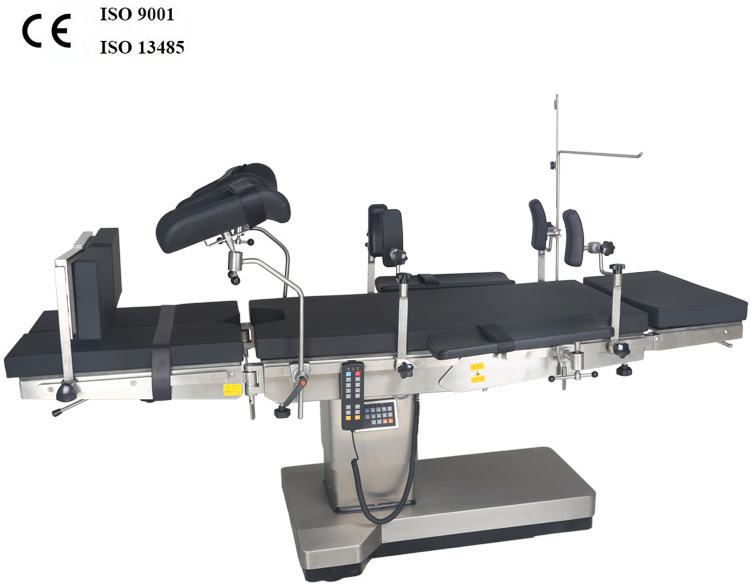
The Hydraulic system adopts imported integrated type components, imported motor and solenoid valve, stable performance.
The Operating Table uses wired mini touch controller.
Pillar base cover all 304 stainless steel, anticorrosion, easy to clean and durable.
Taiwan stainless steel structure, easy to use, safe and stable.
Accessories are removable.
The Multi function medical operating table is suitable for comprehensive surgical operations like thoracic surgery, abdominal surgery, brain
surgery, eye surgery, ENT, gynaecology and obstetrics, urology surgery, orthopedics surgery and other general purpose.
More Images:

The brief medical operating table without accessories installed on
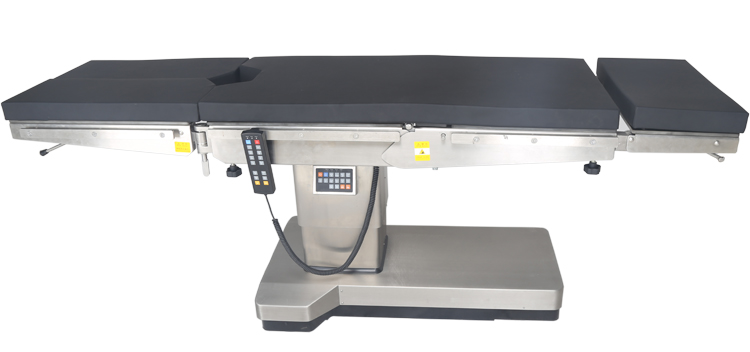
The whole set Surgical Operation Table with all related Accessories intalled on
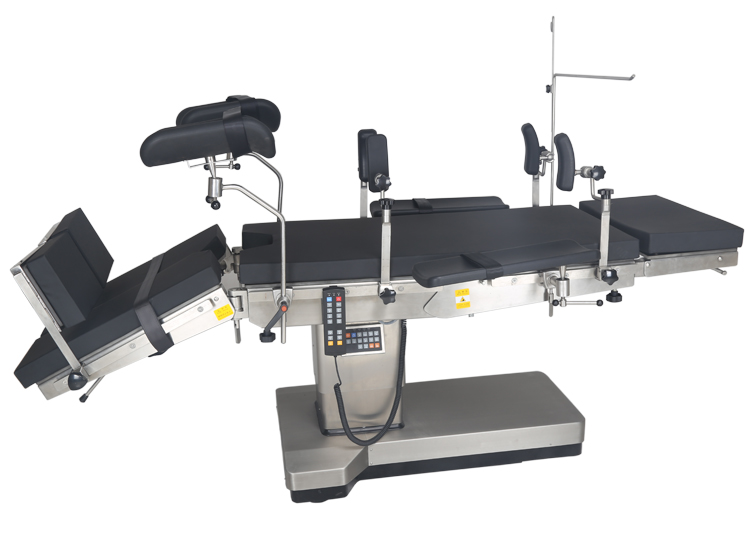
Certificates:
Certificates of CE, ISO9001, ISO13485 and CFDA are approved
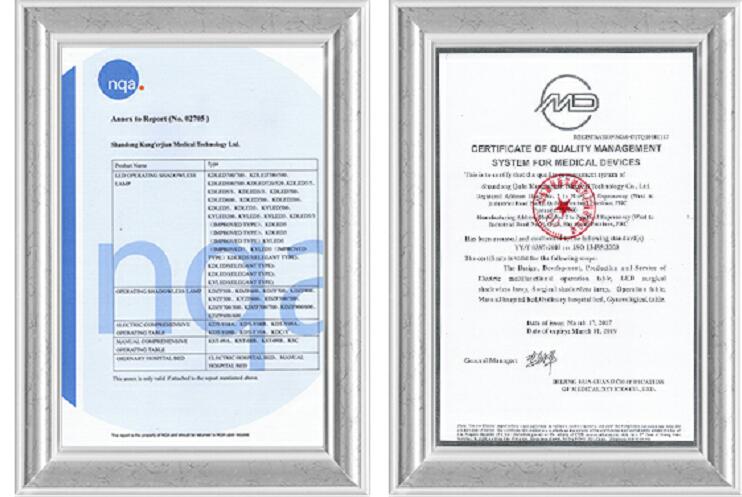
Company:
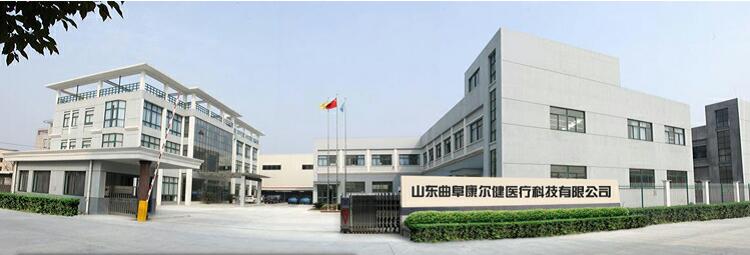
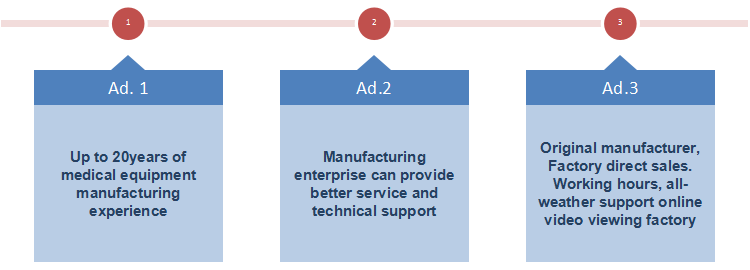
Shangdong province is the main machinery production base in China.
KANGERJIAN Medical Technology Co., Ltd. is a group of senior lighting design expert and machinery manufacturing expert company with 20years experience and factory locating in the east city--the hometown of confucius--Qufu in Shandong province, China.
The Company has passed the ISO:9001:2008 quality system certification, ISO13485:2003 quality system certification, CE certification and CFDA certification, so that the enterprise management standards and product quality is relatively connected to expand the international market for enterprises to lay the foundation.
Our main products: Operation Theatre Lights , Operating Room Lights , Double Dome Halogen Operating Light, Single Dome Halogen Operating Light, LED Operating Light , Surgical Operating LED Light , Mobile Type Operating Light , Gynecology Examination Tables , Obstetric Delivery Bed , Electrical Gynecological Table , Obstetric Delivery Table , Delivery Examination Table , Electric Hydraulic Operating Table, Electric Medical Operating Table, Manual Electric Operating Table , Surgical Table , Operating Table, Operating Theatre Pendants , icu tower crane in ICU room, LED Viewbox etc. professional medical equipment.
The quality of casting by me, the market led by me! Excellent from professional, KANGERJIAN people lead the new trend of medical equipment.
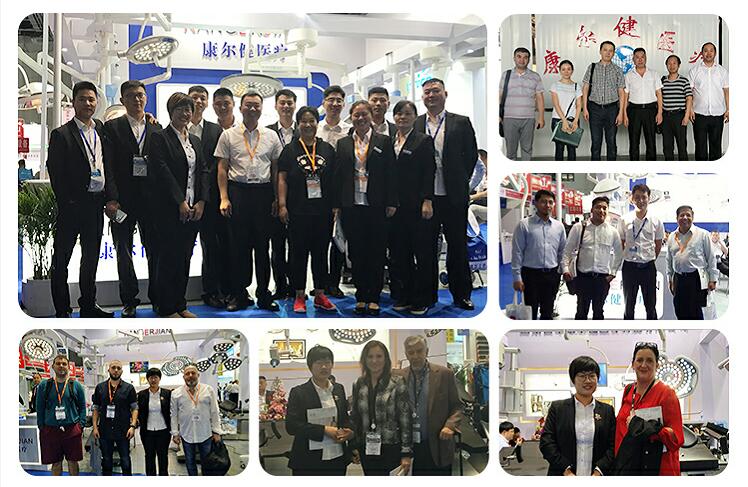

Electric Hydraulic Operating Table
Electric Hydraulic Operating Table,Electric Hydraulic Operating Bed,Hospital Electric Hydraulic Medical Table,Hydraulic Pressure Operation Bed
Shandong Kang'erjian Medical Technology Ltd. , https://www.operatingtable.nl